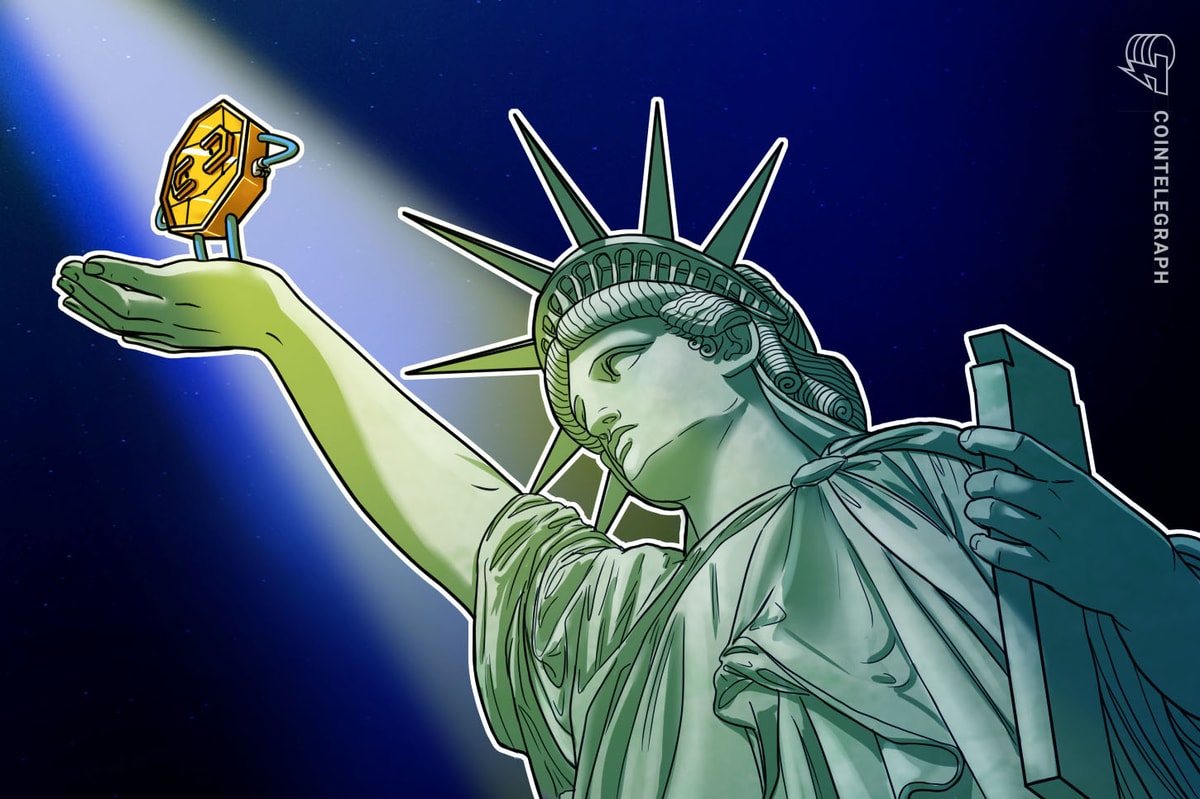Love it or leave it, New York State has been a force in crypto regulation.Ten years ago, the state created the United States’ first comprehensive regu
Love it or leave it, New York State has been a force in crypto regulation.
Ten years ago, the state created the United States’ first comprehensive regulatory framework for firms dealing in cryptocurrencies, including key consumer protection, anti-money laundering compliance and cybersecurity guidelines.
In September 2015, the New York Department of Financial Services (NYDFS) issued its first BitLicense to Circle Internet Financial, enabling the company to conduct digital currency business activity in the state. Ripple Markets received the second BitLicense in 2016. Circle and Ripple went on to become giant players in the global cryptocurrency and stablecoin industry.
Today, the NYDFS regulates one of the largest pools of crypto firms in the world, and it is often cited as the gold standard for crypto regulation in the US.
It’s against that background that Ken Coghill, NYDFS’s deputy superintendent for virtual currencies, appeared at Cornell Tech’s blockchain conference on April 25 to discuss “A New Era of U.S. Innovation in Crypto.”
“We set the guardrails”
Most of the firms that have come to the NYDFS for a BitLicense are crypto-native firms, and often, they are new to the financial world and not used to dealing with regulators. Many times they don’t fully understand that they are in control of someone else’s asset, noted Coghill at the New York City conference, adding:
If you want to start a business and the only person you’re putting at risk is your own business, that’s not really our concern. We only exist because you’re selling something to somebody else, and you’re maintaining control over that product for someone else.
“We set the guardrails,” Coghill said, and it’s the industry’s job to figure out how to stay within those guardrails. The NYDFS can’t possibly contemplate every element that’s going to go wrong in a business.
These days, more conventional financial institutions are becoming interested in crypto as well, added Coghill. Large banks are beginning to offer crypto custody services, and others are starting to provide settlement services. “The conventional [bank] model is being brought into the crypto [sphere] primarily because it makes people feel comfortable,” said Coghill.
Related: Trump’s first 100 days ‘worst in history’ despite crypto promises
And while the NYDFS has only issued 22 BitLicenses to date, it appears to be ready to handle a tide of applications from TradFi firms if and when they materialize. “On a per capita basis, we have more supervisory resources focused on crypto businesses than we do for all of those other [non-crypto] businesses,” said Coghill. This includes 3,000 banks, insurance companies and other financial institutions.
Dubai’s crypto regulator
It wasn’t a direct route that brought Coghill to the NYDFS in July 2024. He spent the previous 12 years in the Middle East working for the Dubai Financial Services Authority, eventually becoming the agency’s head of innovation and technology risk supervision.
It was a “whim” that took him to the Middle East in the first place, he recalled. “I went for three years and stayed for 12 years,” spending that time primarily as an official regulating global systemically important banks, or G-SIBs. There, he was called upon to develop a cryptocurrency supervision model, and so he “spent the last six years regulating cryptocurrency in the Middle East.”
Eventually, an opportunity arose to return to the US, where he had worked earlier as a manager in the department of market regulation at the Chicago Board Options Exchange. Before that he was an options trader. He took the new assignment with the NYDFS, among other reasons, because “the world looks to New York, and the world looks to the DFS” when it comes to regulation, he told the Cornell Tech audience.
Panel moderator Neil DeSilva asked Coghill what good regulation looks like. “Good regulation is regulation that doesn’t prohibit activity but that applies appropriate guardrails that reduces risk to clients,” he answered. One can’t eliminate risk entirely; to do so would quash all business activity.
Related: Institutions break up with Ethereum but keep ETH on the hook
He compares regulation to a pendulum constantly swinging between two extremes: too lenient and too restrictive. “The pendulum swung too far to one end of the regulation in the last few years [i.e., too restrictive]. Now it’s swinging back.”
What does the state regulator make of the fevered regulatory activity in Washington, DC at the federal level these days? There seem to be some “positive tailwinds” behind cryptocurrencies and stablecoins, noted DeSilva, himself a former chief financial officer for PayPal’s Digital Currencies and Remittances business.
A pipeline to Washington
“For DFS, it’s largely business as usual,” Coghill commented. That’s because New York…
cointelegraph.com
